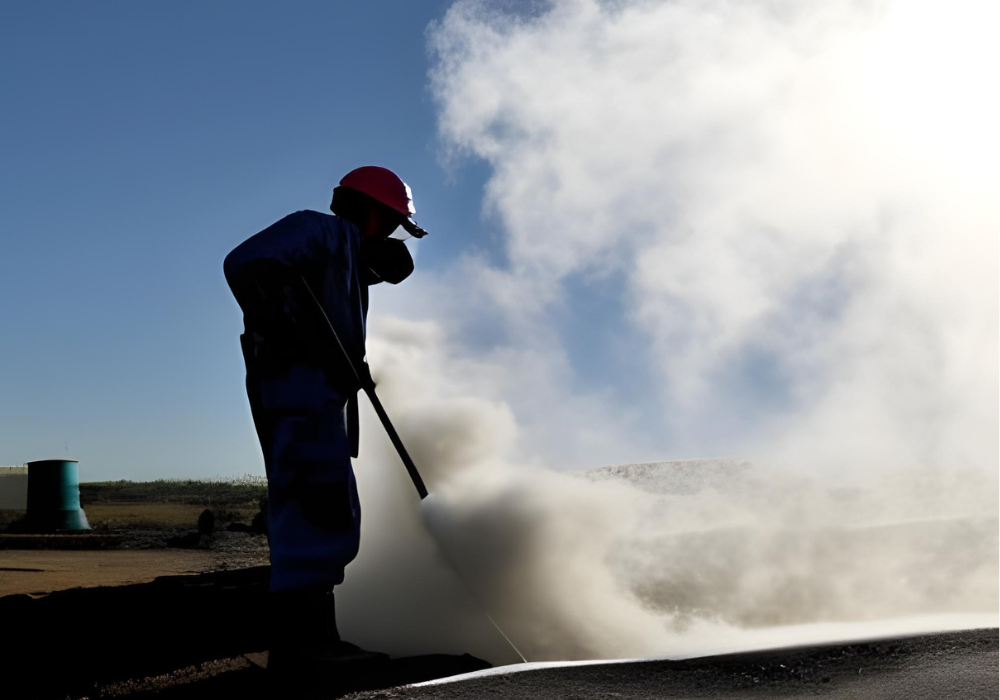
Silicosis, a serious occupational lung disease caused by inhaling crystalline silica dust, continues to pose a significant health risk for workers in various industries. Despite awareness of its dangers, efforts to mitigate exposure and improve outcomes have encountered challenges. This article delves into the complexities of silicosis, examines current approaches, and explores potential strategies for enhancing prevention and treatment.
Raising Awareness and Addressing Risk
The evidence indicates that raising awareness about the risks of silica exposure is crucial. The use of real-time monitoring technology emerges as a promising solution, offering immediate feedback and actionable alerts. DustCanary, a leading provider of personal safety monitoring systems, asserts that real-time monitoring, when integrated with clear controls and procedures, can drive a change in safety standards. This technology acts as an instant incentive for workers to respond promptly to silica hazards, akin to how they react to fire alarms or gas detection systems.This technology acts as an instant incentive for workers to respond promptly to silica hazards, akin to how they react to fire alarms or gas detection systems.
Moreover, real-time monitoring has made significant strides in recent years. Advanced tools, such as Open Path – Optical Refraction Technology (OP-ORT) instruments, offer continuous detection of silica levels, enabling rapid intervention. The Mineral Products Association (MPA) acknowledges the role of innovative measurement technology in identifying dust emission sources and abnormal exposure situations. The potential for real-time monitoring devices to complement traditional exposure assessment methods is recognised, raising the need for updated guidance from the Health and Safety Executive (HSE) on their utilisation.
A Call for Regulatory Adaptation
The Control of Substances Hazardous to Health (COSHH) Regulations outline guidelines for controlling exposure to hazardous substances, including silica. The regulatory framework mandates risk assessment, exposure prevention, provision of protective equipment, and health surveillance. However, real-time monitoring introduces a dynamic element that demands regulatory adaptation. The HSE's commitment to advancing the measurement of occupational exposure to silica is essential, and HSE's ongoing research should inform potential updates to guidelines.
Positioning Real-Time Monitoring Within the Hierarchy of Controls
As industries strive to reduce silica exposure, the hierarchy of controls remains a fundamental framework. Real-time monitoring could be a valuable addition to this hierarchy, verifying the effectiveness of engineering and administrative controls. DustCanary, a proponent of real-time monitoring, suggests that these devices could function as part of the control strategy by providing continuous feedback on control measures' efficacy.
A Collaborative Approach for Progress
Industry stakeholders, including the Environment Agency and DEFRA, have already recognised the potential of real-time monitoring in addressing air quality concerns. The introduction of standards and certification schemes underscores the significance of data quality. In line with these efforts, the HSE should consider the integration of real-time monitoring technologies, ensuring robust validation and substantiated claims.
Conclusion
Improving silicosis outcomes requires a range of efforts, from awareness campaigns to regulatory enhancements. Real-time monitoring technology emerges as a transformative tool that offers immediate intervention opportunities and enhances the accuracy of exposure assessment. Collaborative initiatives involving industry, regulators, and research institutions are essential to driving progress in reducing silica exposure and enhancing worker safety. As real-time monitoring evolves, it has the potential to redefine the landscape of workplace health and safety, offering a proactive approach to safeguarding the well-being of those at risk of silicosis.







